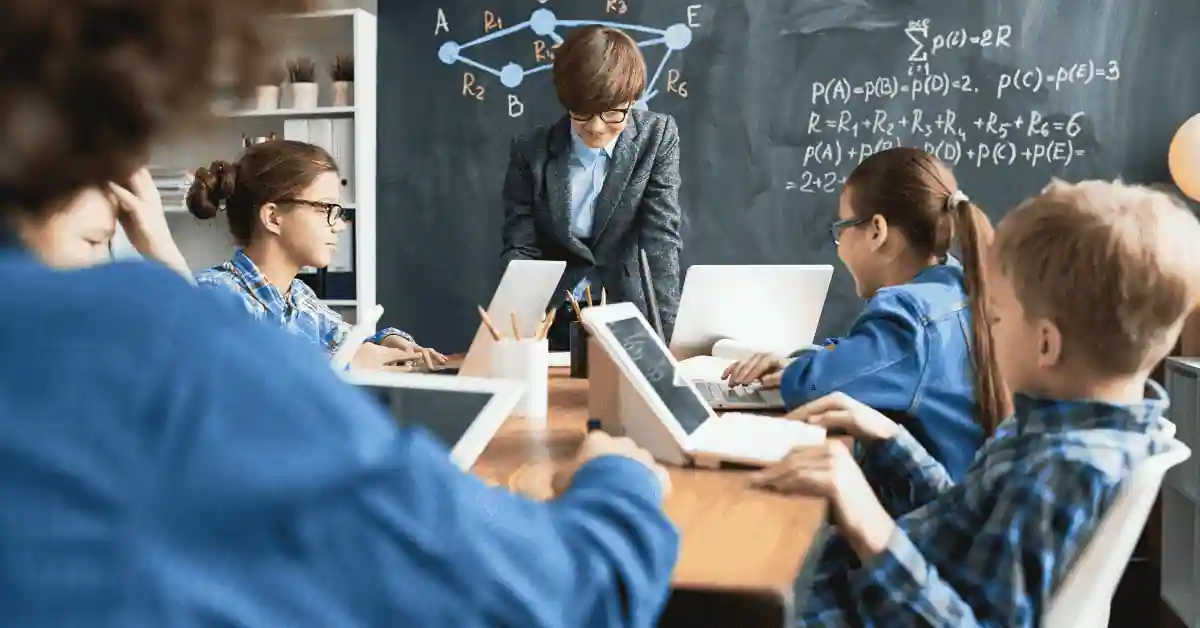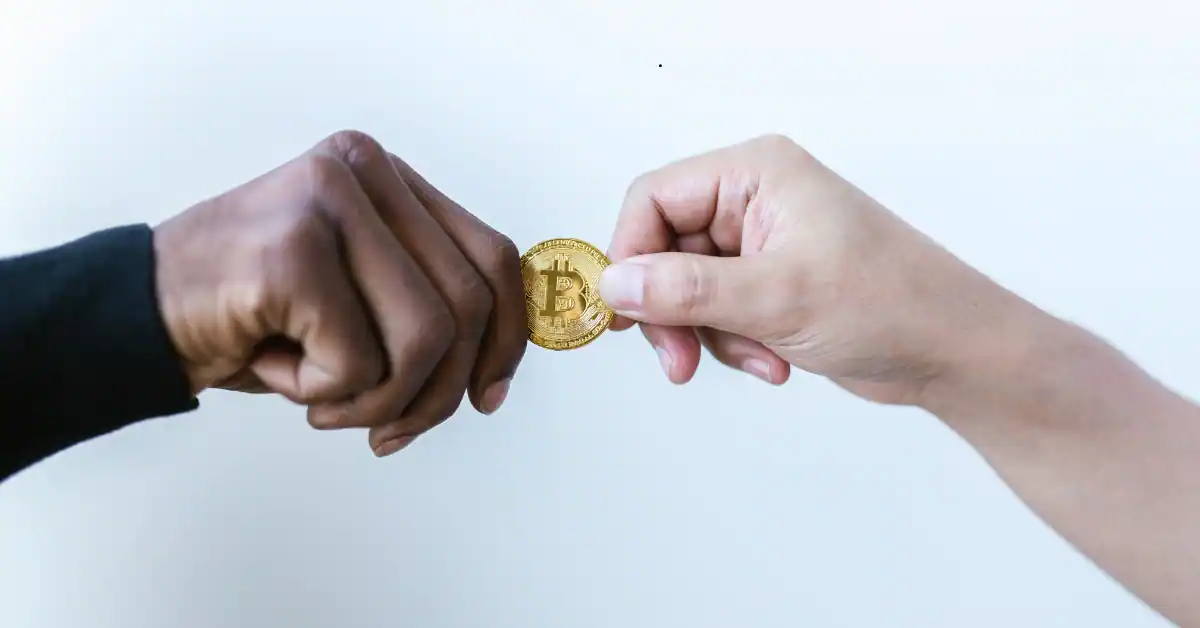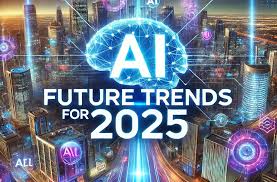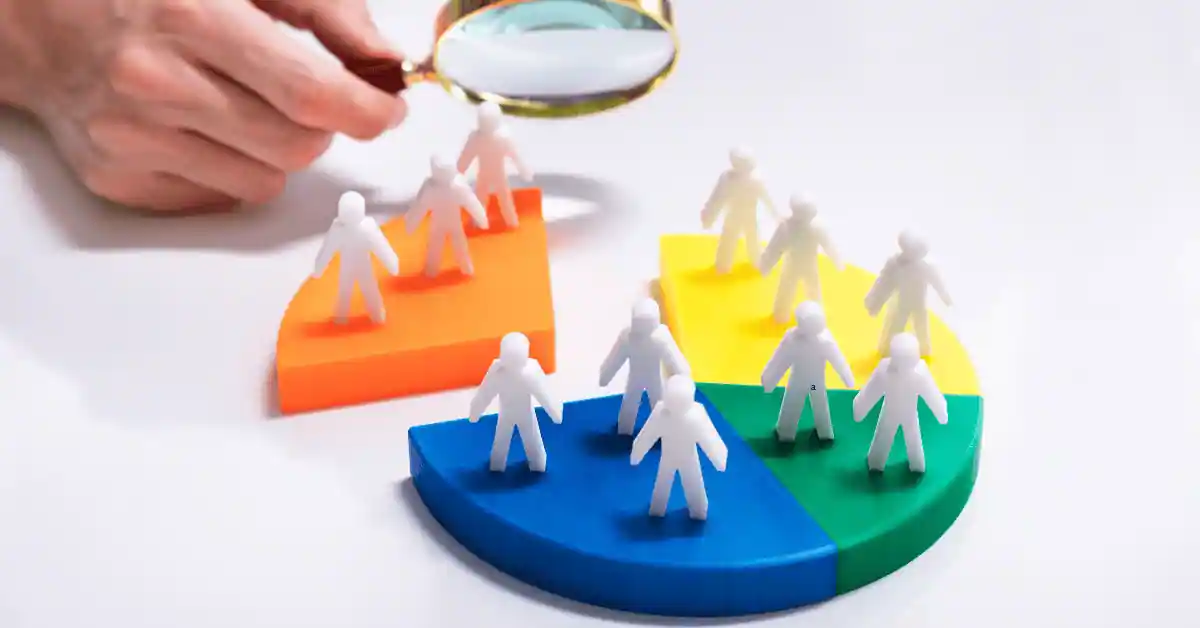Ever wondered how TV and radio became such powerful learning tools? The Educational Broadcasting System (EBS) has revolutionized the way knowledge is shared, making education accessible to millions. Whether you’re catching up on a documentary or tuning in to an educational podcast, broadcasting systems play a crucial role in modern learning.
The rapid evolution of digital media and broadcasting has further expanded the reach of educational content. With the rise of streaming services, online platforms, and podcasts, learning is no longer confined to classrooms. This article explores the Educational Broadcasting System, its role in modern education, benefits, challenges, and what the future holds.
What is the Educational Broadcasting System?
The Educational Broadcasting System (EBS) refers to the use of television, radio, and online platforms to deliver educational content. It bridges learning gaps, ensuring that knowledge reaches even the most remote areas.
Key Entities Related to EBS:
- Public Broadcasting Services (PBS)
- Distance Learning
- Educational TV Channels
- Digital Learning Platforms
- Radio-Based Education
- BBC Bitesize & Open University
The Role of Educational Broadcasting in the UK
In the UK, broadcasting networks like BBC Bitesize and Open University have reshaped remote learning. They provide:
- Interactive lessons for schoolchildren.
- Skill-based programs for professionals.
- Language learning courses for international students.
- Educational content for lifelong learners seeking to develop new skills.
Evolution of Educational Broadcasting in the UK
The UK has a rich history of using broadcasting for education. BBC Schools’ programming dates back to the 1920s, with radio broadcasts designed for students. The launch of BBC Bitesize in 1998 brought a new era of interactive learning, offering free online resources for primary and secondary students.
How Does Educational Broadcasting Work?
Educational broadcasting operates through multiple channels, each catering to different audiences and learning styles.
1. Television
- Channels like BBC Bitesize air curriculum-based content, making learning engaging for students.
- Educational documentaries bring subjects to life with real-world context.
- Programs such as BBC Teach provide resources for teachers and students alike.
2. Radio-Based Learning
- BBC Radio 4’s educational series covers science, history, and culture, making it an excellent tool for auditory learners.
- Community radio stations play a crucial role in reaching students in remote areas where internet access is limited.
3. Online Streaming & Podcasts
- Platforms like YouTube, Coursera, and Open University host thousands of lectures, tutorials, and study guides.
- Podcasts provide on-the-go learning opportunities, with topics ranging from academic subjects to skill development.
4. Interactive Digital Platforms
- Digital platforms offer quizzes, interactive modules, and gamified learning experiences.
- MOOCs (Massive Open Online Courses) provide high-quality education to students globally.
Benefits of Educational Broadcasting
Educational broadcasting offers numerous advantages, making learning more inclusive and effective.
1. Accessibility
- Provides education to students in remote and rural areas.
- Offers learning materials to individuals with disabilities.
2. Cost-Effectiveness
- Free or affordable educational content ensures that learning is accessible to all.
- Reduces the need for expensive textbooks and classroom materials.
3. Flexibility & Convenience
- 24/7 availability allows learners to study at their own pace.
- Ideal for professionals and adult learners balancing education with work.
4. Engaging & Interactive
- Multimedia elements enhance understanding and retention.
- Storytelling, visuals, and sound make learning more appealing.
5. Bridging the Digital Divide
- For students without internet access, TV and radio provide an alternative way to continue their education.
Challenges of Educational Broadcasting
Despite its benefits, educational broadcasting also faces several challenges.
1. Limited Interaction
- Unlike traditional classrooms, there’s minimal student-teacher engagement.
- Limited opportunities for immediate feedback and discussion.
2. Digital Divide
- Not everyone has access to reliable internet, digital devices, or television.
- Socioeconomic factors create barriers to equal educational opportunities.
3. Content Credibility
- Not all sources are reliable, and misinformation can spread quickly.
- Proper regulation and quality control are essential.
4. Engagement & Motivation
- Some students may find it difficult to stay motivated without a structured classroom environment.
- Passive consumption of content may not lead to active learning.
The Future of Educational Broadcasting
The future of educational broadcasting is set to become more dynamic and interactive, incorporating cutting-edge technology.
1. AI and Adaptive Learning
- AI-driven platforms can personalize content based on the learner’s progress.
- Intelligent tutoring systems provide instant feedback and adaptive assessments.
2. Virtual Reality (VR) and Augmented Reality (AR)
- VR and AR can create immersive learning experiences, making complex subjects easier to grasp.
- Virtual field trips and simulations bring real-world experiences into the classroom.
3. Gamification in Education
- Gamified learning platforms increase engagement through rewards, challenges, and leaderboards.
- Encourages students to take an active role in their education.
4. Blockchain for Credentialing
- Secure digital certificates and blockchain-based transcripts enhance the credibility of online education.
- Provides verifiable and tamper-proof academic records.
Conclusion
Educational broadcasting has changed the way we learn, making knowledge more accessible and engaging. Whether through TV, radio, podcasts, or digital platforms, broadcasting systems continue to shape the future of education. As technology advances, the potential for more interactive and personalized learning experiences grows, ensuring education remains a fundamental right for all.
FAQs
1. What is the purpose of the Educational Broadcasting System?
The primary goal is to provide accessible, high-quality education through TV, radio, and online platforms.
2. How does the UK use educational broadcasting?
The UK leverages BBC Bitesize, Open University, and digital platforms to offer structured learning experiences.
3. Can educational broadcasting replace traditional schools?
Not entirely, but it complements traditional education by providing flexible and supplementary learning.
4. What are some examples of educational broadcasting platforms?
Examples include BBC Bitesize, PBS, Open University, YouTube Edu, and Coursera.
5. Is educational broadcasting free?
Many services, like BBC Bitesize and Open University, offer free content, but some premium platforms may require a subscription.






